The Jackal comprises a group of relatively small canines. There are some other members of the Canidae family that people sometimes refer to as Jackals, but there are only four true species.
The different species are the Black-Backed Jackal, the Side-Striped Jackal, the Golden Jackal, and the Coyote. All of them are members of the taxonomic genus Canis, but not all members of Canis are Jackals. Read on to learn about the Jackal.
Description of the Jackal
These canines are medium-sized, but relatively small compared to wolves and some other relatives. They normally weigh between 15 and 30 lbs. but Coyotes sometimes grow larger. Most of these animals measure about 2.5 ft long, and stand about 1.5 ft. tall.
Their coat varies in appearance, and some species have longer fur than others. Some are solid colored, while others have stripes or patches of differently colored fur. Their color ranges from brown and tan to silver and gold.
Interesting Facts About the Jackal
Each species of this canine is different and unique. Learn more about the different types below.
- Coyote – Coyotes are the largest of this family, and weigh up to 45 lbs. or so. However, they are still significantly smaller than their cousins the wolves. These canines are incredibly common and versatile, and they often live in more urban areas to scavenge for food.
- Golden Jackal – Like their name suggests, the Golden species’ coloration generally lands in the tan-gold range, sometimes with a dash of silver. They live throughout portions of Europe and into Asia, and researchers divide their populations into several different subspecies. In fact, scientists recognize at least seven different subspecies of Goldens.
- Black-Backed Jackal – This species has easily recognizable coloration, and individuals normally do not vary much from the norm. Their fur is golden, and the hair along the tops of their backs is black and silver. These little animals compete with the various big cats in Africa for their prey in the open savanna, and sometimes bravely scavenge from their kills!
- Side-Striped Jackal – Like the Black-Backs, the Side-Striped species is easily recognizable by its coat. They have silver backs, and dark black stripes on either side of their flanks. They also live in Africa, like the Black-Backs, but prefer forest and woodland habitats.
Habitat of the Jackal
Habitat preference varies widely from species to species. Some Jackals, like Coyotes, live in a variety of different habitats, while others prefer just a few habitat types.
Some of the different ecosystems that these canines utilize include savannas, grasslands, forests, woodlands, deserts, wetlands, and more. Some species also live in more urban areas, like farms and even suburbs or cities. Each species has its own particular preferences.
Distribution of the Jackal
The various species of these wild canines live in many different regions. Each species has its own unique distribution, though some species overlap with the populations of other species.
Coyotes live throughout North America, from Canada into Central America. Goldens live from parts of Europe into the Middle East and Asia. Side-Stripes and Black-Backs both live in Africa, though they inhabit different types of ecosystems.
Diet of the Jackal
Most Jackals are omnivores, though the exact composition of their diet changes based on the species. Coyotes are heavily carnivorous and feed primarily on small mammals, while Goldens eat a nearly even mixture of plant and animal matter.
Some of the different prey that they hunt includes mice, rats, rabbits, voles, birds, snakes, lizards, eggs, fish, frogs, insects, and more. They also feed on fruits, berries, seeds, nuts, grains, and other plant parts. Most also feed on carrion as well, and sometimes scavenge from other predators’ kills.
Jackal and Human Interaction
Human interaction varies from species to species. Some Jackals, like Coyotes, inadvertently interact with humans quite frequently. Others live farther from human habitation and avoid human interaction. Interactions tend to be negative for both parties involved.
Some species hunt small livestock, or accidentally spread disease. Humans hunt many different species of these animals, either to protect livestock, for or sport, or for their fur and meat. The IUCN lists the Coyote as Least Concern, the Goldens as Least Concern, the Black-Backs as Least Concern, and the Side-Stripes as Least Concern.
Domestication
Humans have not domesticated most Jackals in any way. However, researchers believe that the people of turkey domesticated Goldens several thousand years ago.
One breed in Russia, the Sulimov dog, also derives from Goldens. Humans have cross-bred several different species of these canines with dogs as well, to varying results.
Does the Jackal Make a Good Pet
No, Jackals do not make good pets. They are wild animals, and generally do not like being near people. In many places, it is also illegal to own one as a pet.
Jackal Care
In zoos, these canines require similar care to foxes, wolves, and dogs. Their precise care depends on the species at hand. Most live in mated pairs, and are social creatures. Their enclosures should leave plenty of space for them to exercise and play, as well as lots of opportunities to hide.
Zookeepers feed them a variety of things, including rats, mice, rabbits, a ground carnivore diet, fruits, vegetables, berries, nuts, and more. Each diet is specially prepared based on the species and the individual’s size and needs.
Behavior of the Jackal
Behavior and activity vary from species to species. Some of these wild canines are active during the day, or diurnal, and some are active at night, or nocturnal. In fact, some species roam both during the day and at night depending on the season and the region that they live in.
Some live alone, others live in mated pairs or small family groups, and some live in larger packs. Most Jackals are territorial, and pairs patrol an area with ample shelter and prey to fend off intruders.
Reproduction of the Jackal
Breeding behavior also varies by species, though their reproductive rates are similar. Most species are monogamous and breed with only one partner. Their gestation period lasts around two months, though it varies slightly from species to species.
Some Jackals, like Coyotes, have large litters of pups. Most species generally give birth to between three and five pups per litter. They also wean at different rates, some stop drinking their mother’s milk at about a month, while others take as long as three months.
Beliefs, Superstitions, and Phobias About the Jackal
These canines are present in all kinds of mythology, folklore, art, and literature. Most depict them similar to the way they depict foxes, as clever creatures with a hint of trouble-making.
These animals are mentioned in the Bible, The Jungle Book, Swiss Family Robinson, and more. In Ancient Egyptian folklore, the god Anubis had the head of a Jackal. These are just a few of the different cultural impacts and mentions of these interesting animals in society.


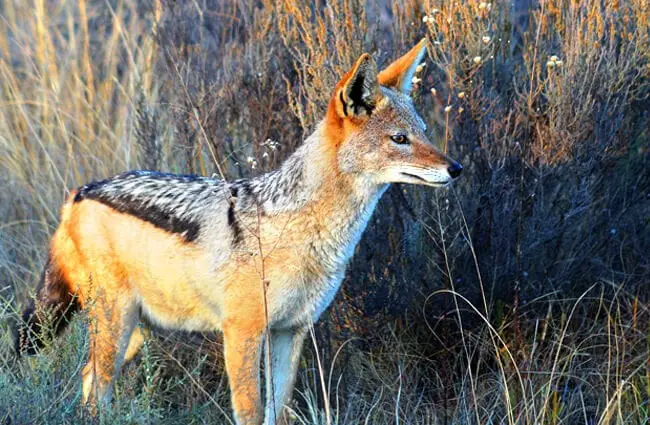
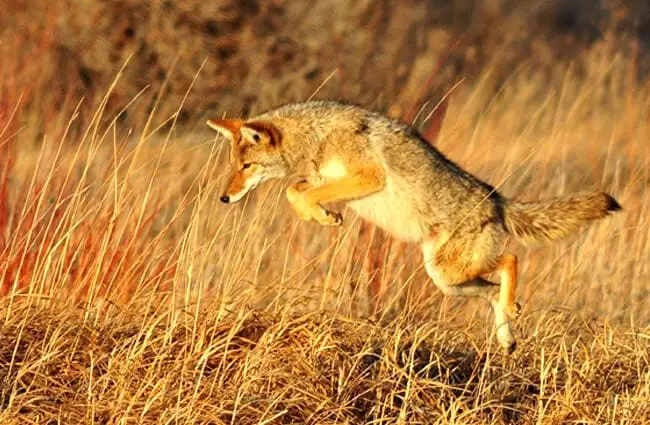




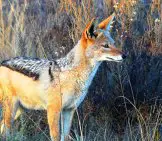

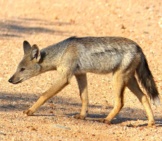
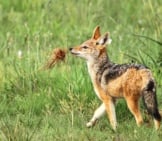

![Red Angus Closeup of a beautiful Red Angus cowPhoto by: U.S. Department of Agriculture [pubic domain]https://creativecommons.org/licenses/by/2.0/](https://animals.net/wp-content/uploads/2020/03/Red-Angus-4-238x178.jpg)












![Red Angus Closeup of a beautiful Red Angus cowPhoto by: U.S. Department of Agriculture [pubic domain]https://creativecommons.org/licenses/by/2.0/](https://animals.net/wp-content/uploads/2020/03/Red-Angus-4-100x75.jpg)

